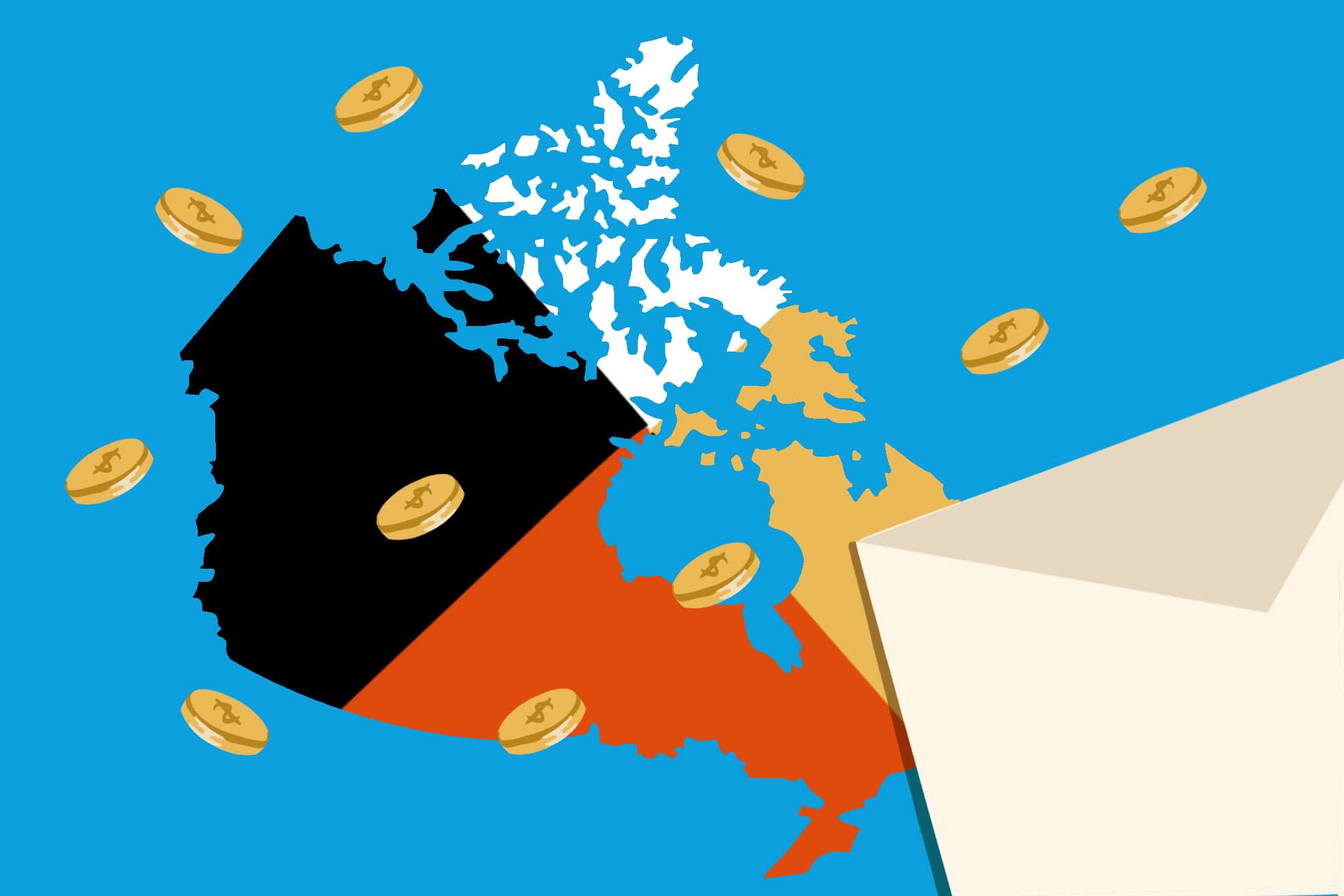Growing up, I encountered a confusing stereotype: Indigenous people greedily consume Canadian tax dollars. I walked the unpaved roads of my reserve, looking for evidence. I slept on a mattress on the floor with three of my siblings. I drank our water, but only after boiling it and letting it cool. I wondered — if all of our ‘benefits’ existed, why couldn’t we see them?
As an adult, I have a more nuanced understanding. Though we do receive certain benefits, accessing them often involves overcoming financial barriers and hidden costs such as possible data leaks. For example, dental work can be reimbursed but it typically requires the individual to have the funds to pay for the services upfront. This is especially challenging for those who need these resources the most.
The tax exemptions offered to Indigenous people
The idea that Indigenous people don’t pay any tax at all is a myth. However, we do have some tax exemptions — income or transactions that are free from tax at the federal, state, or local level — in specific circumstances. The most relevant exemptions are for employment income, goods and services sales tax (GST), and the harmonized sales tax (HST).
According to Canadian government guidelines, employment income is tax-exempt when the source of employment is connected to a reserve — a land that the federal government designates for the use of Indigenous peoples.
Employment is considered connected to a reserve in several instances. If 90 per cent or more of an Indigenous worker’s labour is performed on reserve, the individual’s income is exempt from taxation. If less than 90 per cent is performed on reserve, only the proportion of income earned on reserve is tax-exempt. Employment income is also tax-free if both the employer and Indigenous employee live on reserve. Additionally, if 50 per cent or more of the work is performed on reserve and either the employer or employee resides there, that income is tax-exempt. Finally, if the employer is a reserve resident and owns an organization dedicated to Indigenous social or economic development, then their worker’s income is tax-exempt.
On my reserve, we lack the economic resources and labour capacity to employ many people locally. Many workers commute to nearby towns for jobs and therefore do not qualify for the exemption. Additionally, these rules serve as guidelines and do not guarantee that income will be tax-exempt.
Indigenous people’s proximity to a reserve and activities performed by Indigenous people also impact eligibility for GST and HST exemptions. This means that property purchases, goods, or services on reserve may qualify. For example, an Indigenous person buying property on reserve can be exempt from tax if they provide a status card — a form of identification that verifies a person’s Indigenous identity.
The GST and HST exemptions can also apply to provincial taxes for purchases made off reserve, as long as the vendor is aware and able to apply the exemption at the point of sale. If this is not the case, an Indigenous person can apply for an HST refund.
The benefits and costs surrounding healthcare for Indigenous peoples
Another resource Indigenous people can access is the Non-Insured Health Benefits (NIHB) program, though there are barriers and costs associated with it. NIHB provides healthcare coverage for eligible First Nations and Inuit people in Canada, including dental care, vision care, prescription drugs, mental health counselling, and more.
NIHB only applies to First Nations people registered under the Indian Act or Inuit people recognized by an Inuit land claim organization, which excludes the Métis people. These services can be directly paid for by NIHB when providers are registered in the program, or Indigenous individuals can seek reimbursement.
One barrier to accessing NIHB is knowing what the program covers. While organizations that accept NIHB payments can provide some information, comprehensive details are not easily accessible. Often, learning about this coverage requires a computer, and applying for it may need other devices, such as a printer. Those who need these services the most may struggle with navigating the process of accessing them.
While reimbursement costs can be a barrier, there are other overlooked costs. A recent example involves Health Canada’s data-sharing agreement with American pharmaceutical company Brogan Inc. which began in 2001. The contract allowed Brogan Inc. to sell Indigenous people’s NHIB data to other companies. This caused sensitive information on Indigenous aggregate reports and demographic data to be publicly available under the Access to Information Act — which allows Canadians to request information under the control of a federal government institution.
While the benefits we receive can be valuable, they should not be considered at face value. I am personally grateful for my ability to access tax exemptions and federal healthcare, and I recognize them as a means of mitigating the systemic harm done to Indigenous peoples. While I appreciate being able to buy bottled water on my reserve with less tax, ultimately, I’d rather we all have access to drinkable tap water.



No comments to display.